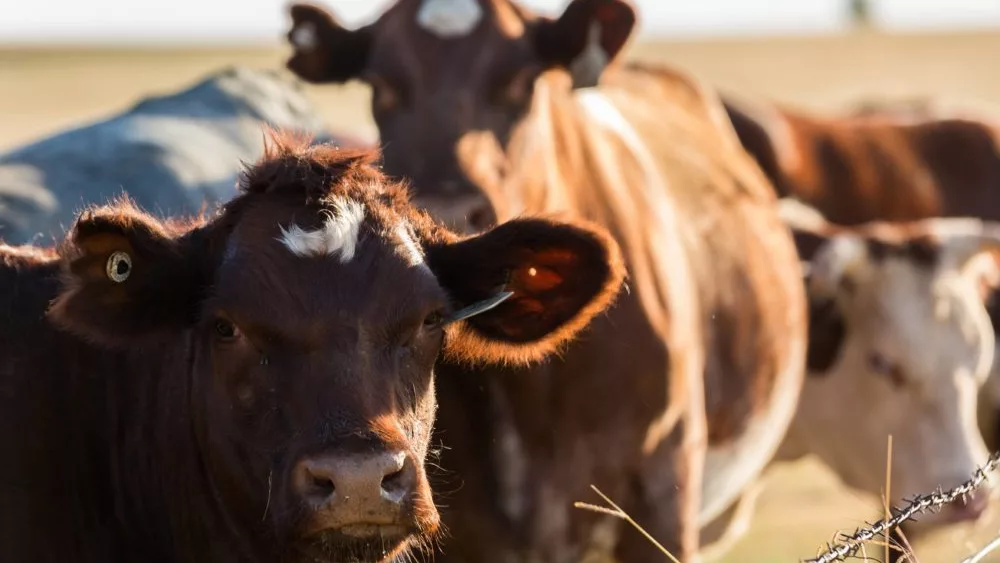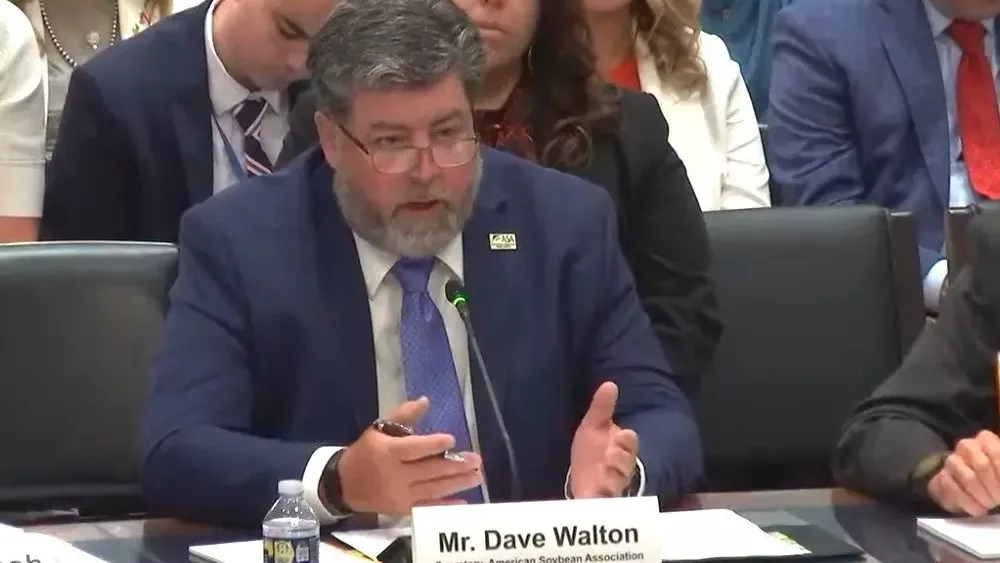
A warm and dry fall across the Midwest has farmers harvesting in ideal conditions. Unfortunately, hot and dry harvest weather increases risks for combine fires, and there’s been what seems to be an increasing rate of them this year.
Josie Rudolphi is an assistant professor and agricultural safety and health extension specialist at the University of Illinois. She says the majority of combine fires occur because the machine is not properly cleaned.
“The major causes of combine fires, it typically would be like ignition of trash or debris, organic matter that’s moving through the combine, it gets hot, gets clogged up, and it may then result in a combine fire,” she said.
Near perfect weather this harvest season has farmers hustling through fields. She added that it’s important to address routine maintenance, even when things are going well.
“We want to make sure that we’re performing kind of routine maintenance on the combine, and it’s a little bit challenging, especially when we’ve been moving good and we’re getting stuff done,” said Rudolphi. “Routine maintenance can sometimes kind of fall to the wayside. It’s been what we consider ideal harvest conditions in most parts of the Midwest. Those rain days are typically the days we perform a lot of routine maintenance and without those rain days we just go, we don’t always check our machines like we should. We think everything is going really well, and we don’t want to jinx it.”
Rudolphi says it is best to take a few minutes to clear debris from the machine at the start of each day, and tackle a few other preventative maintenance checks.
“The end of the day, it’s a little more challenging,” she said. “You don’t want to obviously be too engaged with the machine that could be hot, which is another kind of reminder of not parking a hot machine in a building because it could result in not only combine fire but a structure fire. Starting the day with a routine check, removing any debris, checking on your wires, your hoses, to make sure that there’s no frayed wires, electrical wires especially, and no leaky hydraulic hoses.
Cleaning the machine simple to do, use a leaf blower or air compressor, and have the tools ready in the field.
“Have an air compressor on the back of a truck, have a leaf blower, have the tools that you need to make sure that you can get all the debris cleaned out,” said Rudolphi. “Having those things available is key to some of this routine maintenance. If the tool is not there, it’s a lot easier to sort of skip the steps. Thinking about prevention, we also want to make sure that we are prepared for a fire—we have fire extinguishers not only on the combine but also on another vehicle in the field.”
Additionally, while working in the field, if you need to address an issue with the machine, shut it off.
“We would encourage even beyond that implementing some sort of lockout-tagout,” she said. “That means you’ve turned the machine off and locked it out in such a way that nobody else can turn it on. In a combine—pull the keys so that you know the machine is off, and you also know that nobody else is going to turn the machine on.”
For harvest safety tips, check out this source from MSU Extension.





